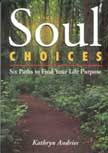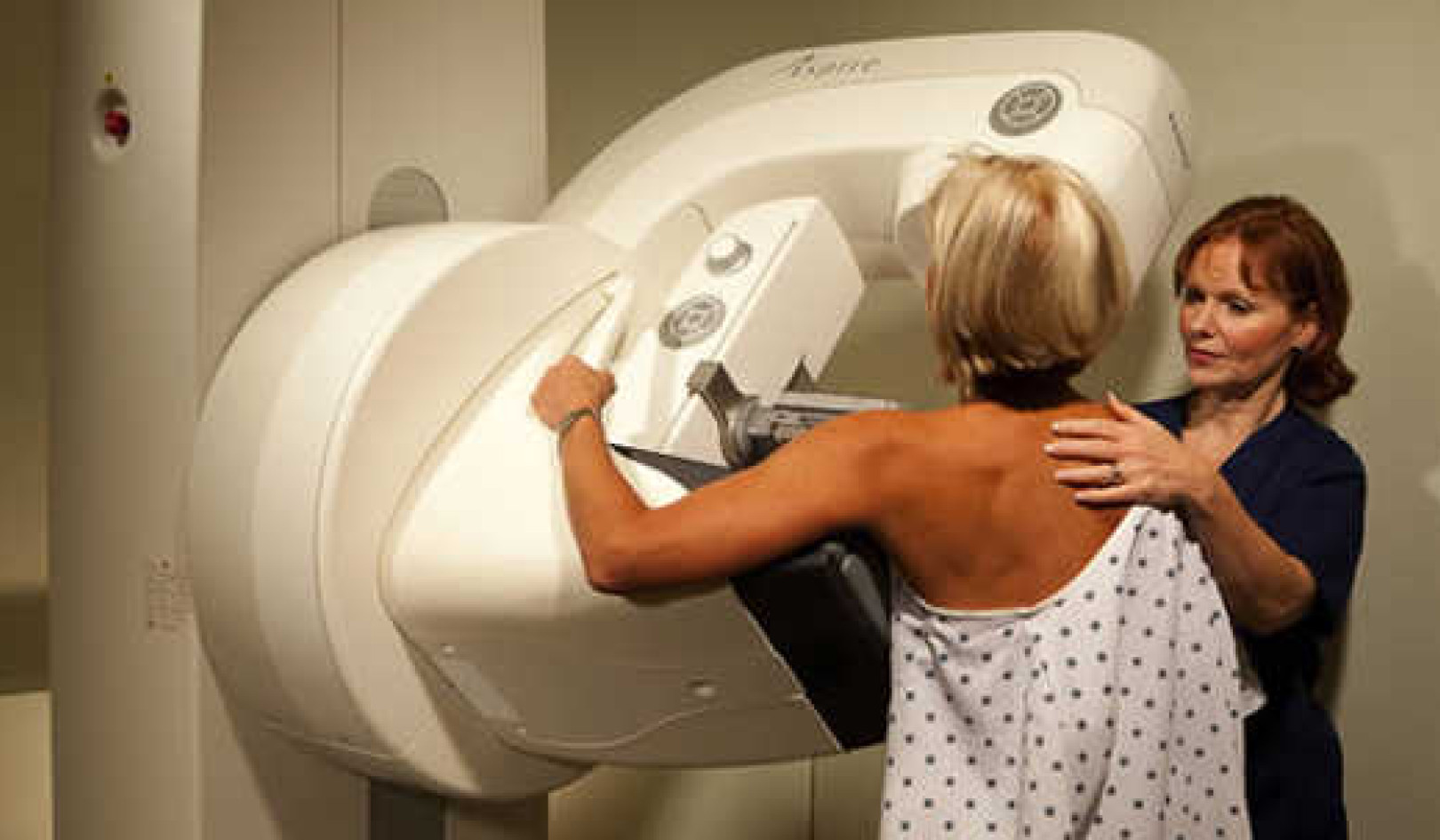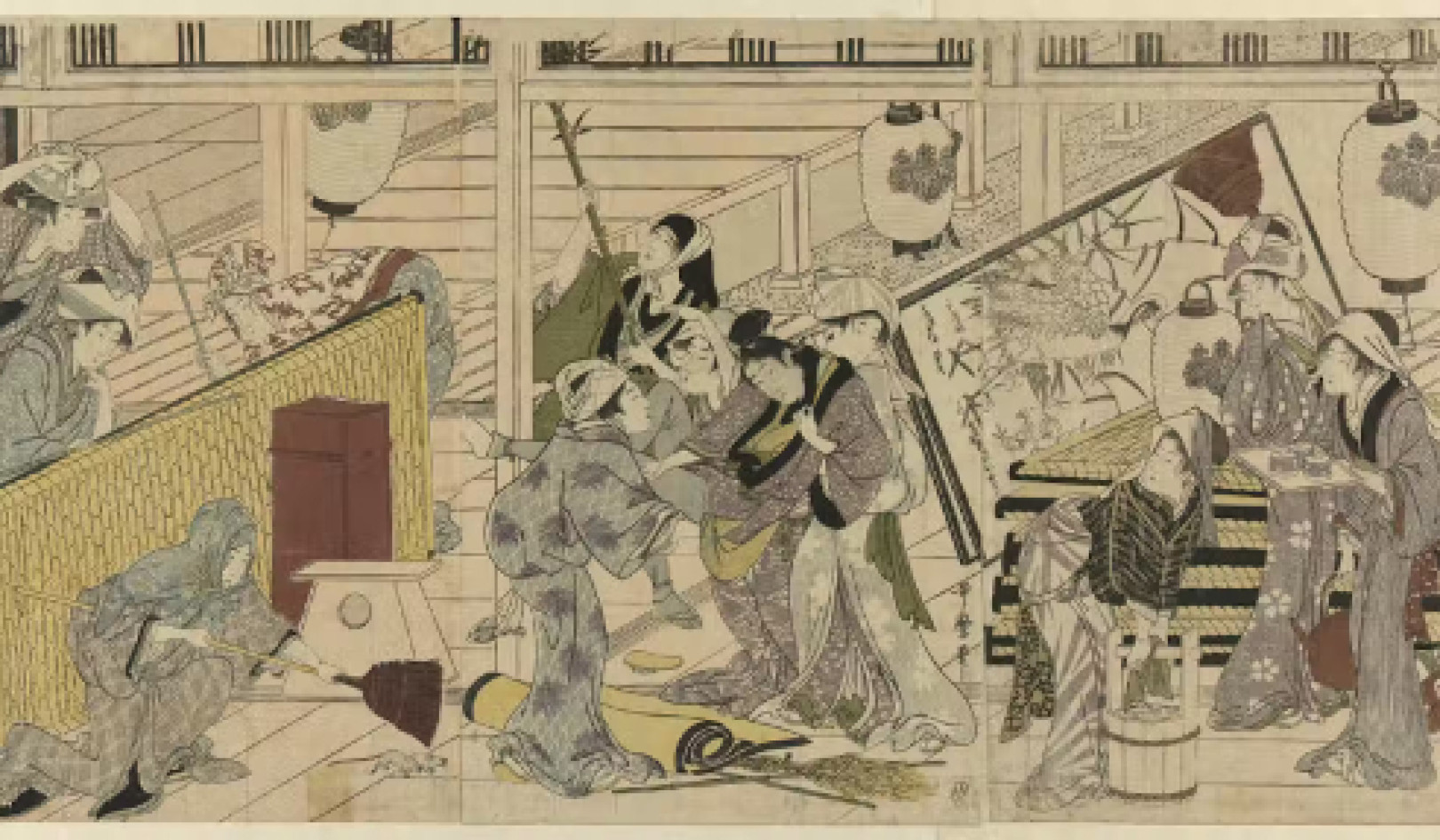My visit with a palm reader helped me change a lifelong pattern of indecisiveness and a belief that I would have to choose between a career and family. As the palm reader held my left hand she explained that my inner, emotional side was communicating to me to slow down, smell the roses, and enjoy life. It reflected my desire for nurturing relationships: this hand wanted to touch others and be a vehicle for giving and receiving love.
My right hand was communicating a different message. It wanted to be important in the world. This hand desired to write books, create, and invent. The message from this hand was to focus on my career above all. These different messages reflected the belief that I would have to give up one thing in order to have another.
The two hands also explained my vacillation in regard to intimate relationships. I often experienced doubt in committing to someone for fear that it might hinder my career ambitions.
Giving Both Hands A Voice
This palm reading helped me see that both hands could work together. The key was to balance my time between relationships and career. Since making this shift in belief, I have formed a relationship with a man who has also become my husband and business partner. He supports my goals and gives me the space I need to fulfill them. This relationship has expanded both of our careers, enabling us to create more by combining our talents. The nurturing I receive from our relationship gives me more energy to confront the challenges I encounter at work. With both hands working cooperatively, I have achieved an inner balance that allows me to touch more lives through my creations.
The Ancient Science of Palmistry
Palmistry is divided into two broad areas: the study of hand structure, known as cheirology (alternate spelling: chirology), and the study of the palm lines, known as chiromancy. Our characteristics, traits, and behaviors reveal themselves in the shape, color, texture, and lines of our hands.
Palm reading has been associated with fortune-tellers for centuries in many cultures. The earliest book on palmistry, Hasta Samudrika Shastra (scriptures on the study of hands), was written in India in 3102 B.C.E. It is part of the sacred Vedas.
Health Diagnosis through Palmistry
The Chinese began hand reading 5,000 years ago to gain information about a person's health. Ancient Romans, Egyptians, Greeks (among them Aristotle and Hippocrates), and Hebrews acknowledged the significance of hands. They believed that certain areas of the hand relate to certain aspects of life, such as love, career, and creativity.
Hands reveal strengths, weaknesses, and karmic lessons. Like astrology and numerology, they show predominant personality traits and a person's potential. Every line also indicates something about how each area of life develops.
Personality Types Revealed via Palmistry
Palmists focus on several elements when reading hands. To see overall personality, they study:
1. Palm shape (disposition, mannerisms, temperament)
2. Finger shape and length (how we take action)
3. Fingerprints (past life challenges and life purpose)
4. Mounts (fleshy pads at the base of each finger). Each mount relates to the activities associated with a planet.
5. Life line (how we want to live life, our sexuality, sensuality and relationships)
6. Heart line (how we expresses emotions)
7. Head line (mental faculties)
8. Saturn line (security and foundations)
9. Mercury line (communication and our feelings of independence)
Elements of the Hand Reveal More Info
Other elements of the hand reveal more specific characteristics:
1. Color (health aspects of circulation and diet; general level of enthusiasm)
2. Muscle tone (energy level)
3. Skin texture (taste and style)
4. Flexibility (mental flexibility)
5. Markings on the lines and mounts (obstacles, energy flow, health, gifts and opportunities)
First Step in Hand Reading: Hand Type
The first step in reading a hand is to note the shape of the palm. We can divide hands into two broad groups:
1. A square hand reflects a practical, down-to-earth person who needs stability. People with this palm shape are talented at working with their hands and have a high level of determination.
2. A rectangular hand reflects a more sensitive and intuitive person. Individuals with an oblong-shaped palm respond to life from a mental and emotional perspective.
Next Palmistry Study: Finger Length
When we combine the palm shape (temperament) with the finger length (how we take action), we find four hand types. Each type relates to one of the four elements: earth, air, water, and fire.
1. Earth hand (a square palm with short fingers): This type of hand belongs to a person who is organized, methodical, thorough, and competent. This practical person likes stability, finds it difficult to be spontaneous, and is a hard worker with a streak of impatience.
2. Air hand (fine skin texture, square palm with long fingers): Those who possess these hands respond to life from a mental and analytical perspective. They thrive on intellectual stimulation. These people are quick minded and adept communicators.
3. Water hand (graceful, with a rectangular-shaped palm and long fingers): People with these hands display remarkable intuitive and spiritual abilities. They have wonderful imaginations, which lends itself to extraordinary creativity. They are sensitive people who love beauty. Due to their emotional nature, they tend to be ungrounded and detached from the physical world
4. Fire hands (rectangular-shaped palm with short fingers): This type of hand belongs to action-oriented, energetic, and confident people. These extroverts possess an abundance of energy. Their charisma helps them rise to leadership positions.
Left and Right Hand: Dominant or Passive
The hand we write with — the sender, or active hand — is used to perform most mundane as well as creative tasks. This hand reveals our worldly ambitions and the part of ourselves that we present to the public. It is associated with the conscious mind and analytical abilities.
The other hand—the receiver, or passive hand—represents the subconscious mind, our private self, imagination, emotions, and instinctual behaviors. We use this hand to support the writing hand. Ideally, we want to balance the sender and the receiver by using both parts of our mind. For example, when choosing a career (conscious mind), we can tap into our intuition (subconscious mind) to aid us in the decision-making process.
Right-Brain? Left-Brain?
The dominant hand may also indicate which brain hemisphere we associate with more easily. Research has shown that the right- and left-brain hemispheres control functions of the opposite side of the body. The left hemisphere of the brain sends messages to the right hand, and vice versa. The left brain controls logical, rational thinking, while the right brain controls the imagination, emotions, intuition, and creativity.
If the right hand is dominant, then the left brain is in charge of logical thinking. Hence, these folks usually respond more with their head than their heart. However, if the left hand is dominant, a switch occurs where the right side of the brain rules the logical thinking processes and the left hemisphere controls the emotions. This switch helps these people identify more with their heart.
Both hands must be examined and compared when doing a palm reading. Differences in the hands reflect a division between the inner and outer self. Note the differences in lines, markings, mounts, and fingers.
Article Source:
 Soul Choices: Six Paths to Find Your Life Purpose
Soul Choices: Six Paths to Find Your Life Purpose
by Kathryn Andries.
Reprinted with permission of the publisher, Intuitive Arts Press. ©2002. www.discoveryourlifepurpose.org .
Click here for more info and/or to order this book.
About the Author
 Kathryn Andries is an expert in the intuitive sciences. A graduate of The University of Michigan, Body Mind College, and The Berkeley Psychic Institute, a founding director of the School of Intuitive Arts and Sciences, as well as a teacher, author and lecturer, she has guided hundreds of people on the path to discovering their unique mission in life. Visit her website at www.discoveryourlifepurpose.org
Kathryn Andries is an expert in the intuitive sciences. A graduate of The University of Michigan, Body Mind College, and The Berkeley Psychic Institute, a founding director of the School of Intuitive Arts and Sciences, as well as a teacher, author and lecturer, she has guided hundreds of people on the path to discovering their unique mission in life. Visit her website at www.discoveryourlifepurpose.org

























